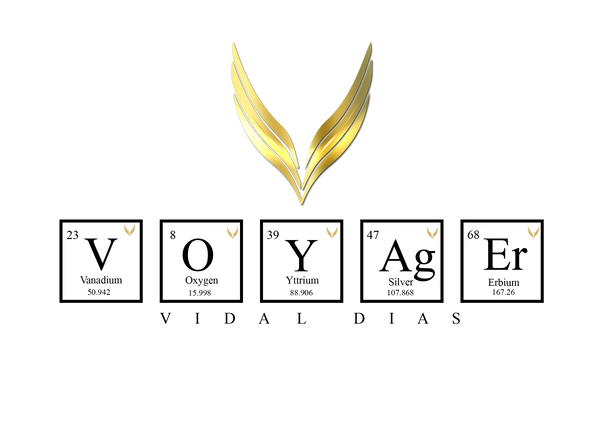The lion is a very diverse symbol. It exemplifies the traits of majesty, strength, courage, justice and strength. Commonly referred to as "the KING of the beasts," it is a symbol of Kingly power and might, but as the lioness it is commonly related to the Great Mother and protection.
Characterizations of Lions are ancient throughout the world. Some revered the Lioness as the provider for the pride, and the meaning of providence and hunting skill remains intact. In Egypt, for example, the Sphinx has a Lion’s body, which was a sacred symbol of the Goddess who safeguarded the pharaohs in the afterlife. The Sun God Mithras was a Solar deity associated with Lion and often portrayed with a Lion’s head.
Historians suggest the playful Goddess of Dance and Protection appeared in early illustrations as having a Lioness’ head instead of a domesticated cat. Other deities in the Egyptian pantheon had Lion likenesses, including the fierce friend to women and children, Sekhmet, and Bast’s son, Maahes, a War God.
Middle Eastern stories and art show the Lion as representing great kings. The Gods and Goddesses in the region often had Lion companions. Examples include Ishtar with a Lion-drawn chariot, and Inanna, whqo stands on the backs of two female Lions. The images allude to the Lion as an emblem of great strength and authority. The connection intensifies further with the entrance to great cities and temples featuring Lion gates and sculptures flanking statues as protectors.
Chinese Buddhist portray the Lion as a creature of great majesty. It’s believed Lions safeguard humans from ghosts and demons. As a result, the architecture throughout China includes Lions at entryways, standing vigilant guard. People in Tibet have similar beliefs, associating protection with the Snow Lion. The critical difference is fearless Snow Lions represent the Earth Element instead of Fire associations.
